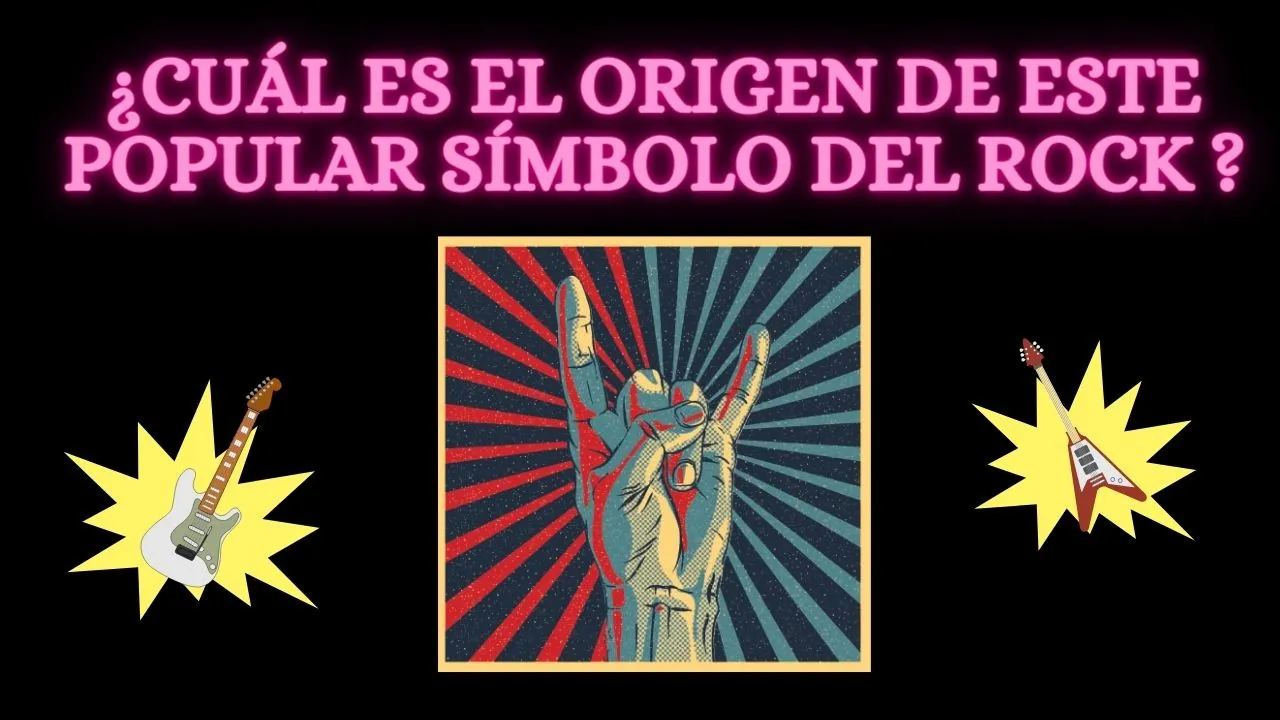
Image designed by me in canva.
Hi! How are you? Whether you are a rock fan or not, I'm sure that many times you have seen this symbol in everything that has to do with Rock, some people even associate it with darkness and even Satanism, but the reality is quite different. Come on! In this post I invite you to know the origin of this popular symbol.
¡Hola! ¿Qué tal? Tanto si eres fanático del rock como si no te gusta, estoy segura de que muchas veces has visto este símbolo en todo lo que tiene que ver con Rock, algunas personas incluso lo asocian con oscuridad y hasta satanismo, pero la realidad es muy diferente. ¡Vamos! En este post te invito a conocer el origen de este popular símbolo.

Es muy popular que los asistentes a los conciertos de rock hagan esta seña con sus manos.
It's very popular for fans to make this sign with their hands at rock concerts.
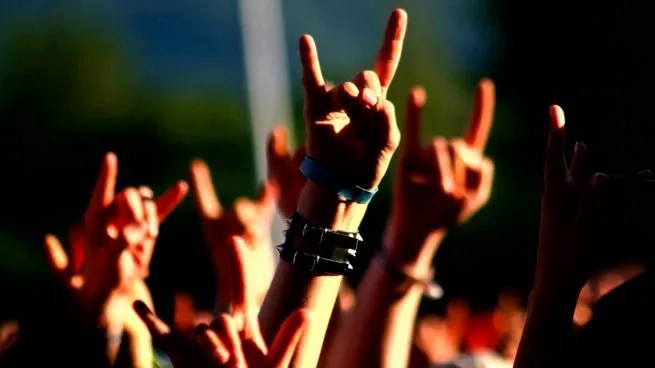
Se le conoce con el nombre «Maloik» o «Mano Cornuta» del italiano que significa «Mano Cornuda». Este símbolo está arraigado a las diversas supersticiones que existían en Italia muchos siglos atrás, las personas creían que al esbozar este símbolo con la mano, alejarían a los espíritus malignos que querían lastimarlos, de modo que las madres y abuelas lo usaban constantemente como cura para el «malocchio» o Mal de ojo.
It's known by the name "Maloik" or "Mano Cornuta" from Italian meaning "Horned Hand". This symbol is rooted to the various superstitions that existed in Italy many centuries ago, people believed that by outlining this symbol with their hand, they would ward off evil spirits that wanted to harm them, so mothers and grandmothers used it constantly as a cure for the "malocchio" or Evil Eye.
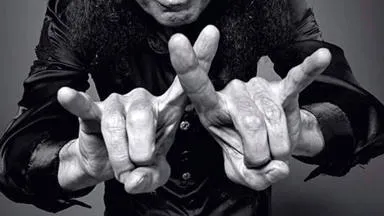
Ronnie James Dio, la estrella de rock de origen italiano, fue quien popularizó este símbolo cuando empezó a formar parte de la banda Black Sabbath en 1979. Él dijo que su abuela solía hacer esta señal para «curarle» el mal de ojo y para alejar a todas las personas que ella pensaba que tenían malas intenciones.
Ronnie James Dio, the Italian-born rock star, was the one who popularized this symbol when he started being part of the band Black Sabbath in 1979. He said that his grandmother used to make this sign to "cure" the evil eye and to keep away all the people she thought had bad intentions.
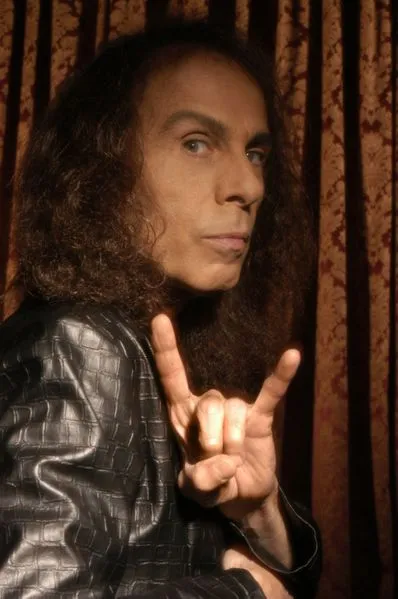

Desde entonces muchos exponentes del rock lo han adoptado como icono.
Since then, many rock exponents have adopted it as an icon.

No obstante es importante recalcar que aunque su origen es totalmente inofensivo, esta connotación de «alejar el mal» es válida solo para Italia, ya que para otras culturas o religiones tiene otros significados. Por ejemplo según algunas creencias, hay personas que usan este símbolo para identificar a otras de las que se sospecha que han hecho pactos diabólicos, y en países como España, hacer esta seña resulta ofensivo.
However, it's important to emphasize that although its origin is totally harmless, this connotation of "warding off evil" is valid only for Italy, since for other cultures or religions it has other meanings. For example, according to some beliefs, there are people who use this symbol to identify others who are suspected of having made diabolical pacts, and in countries like Spain, making this sign is offensive.
No obstante en otras culturas, se utiliza para decir «Te quiero» y en los año 70 los jóvenes la usaron como una forma de revelarse contra el sistema.
However, in other cultures, it's used to say "I love you" and in the 70's young people used it as a way to rebel against the system.
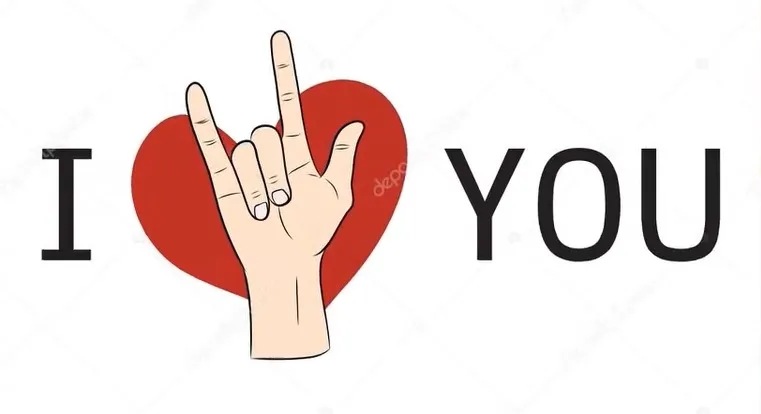
Como pueden ver, todo depende de la cultura, religión o país y personalmente creo que las intenciones son las que cuentan, los símbolos son solo eso, símbolos, pero las personas son las que les dan un valor significativo. Si las intenciones son positivas o negativas dependerá de cada quién.
As you can see, everything depends on the culture, religion or country and I personally believe that intentions are what count, symbols are just that, symbols, but people are the ones who give them a significant value. Whether the intentions are positive or negative depends on each person.

Ahora que ya sabes el origen de este símbolo espero que te haya gustado mi post, y si es así te invito a apoyarme con tu voto si lo deseas. Muchas gracias por leer hasta aquí.
Now that you know the origin of this symbol I hope you liked my post, and if so, I invite you to support me with your vote if you wish. Thank you very much for reading this far.

Image designed by me in canva.
A continuación les dejaré la fuente de la cual extraje información valiosa para la realización de este post.
Below is the source from which I extracted valuable information for this post.